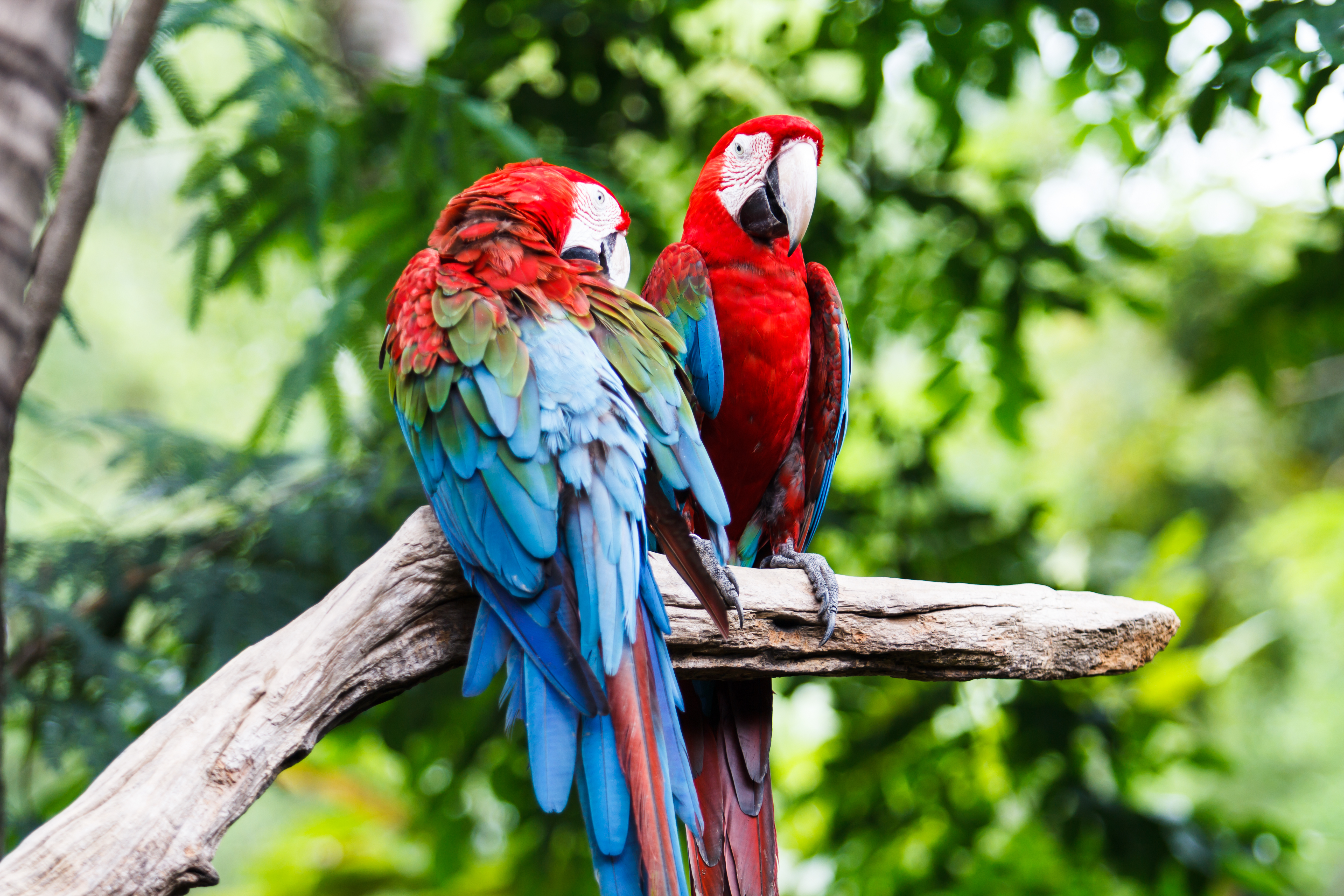
Simply put, the Amazon rainforest is one of our world’s greatest ecosystems. Encompassing over a billion acres of precious ancient growth forests in Brazil, Columbia, Venezuela, Ecuador and Peru, the rainforest is often called the lungs of the planet, generating about a quarter of the world’s fresh oxygen supply. The Amazon Basin holds one-fifth the Earth’s fresh water.
Yet for all its might, and importance to our species’ own survival, human missteps have put the Amazon in serious trouble—alongside the rest of the world’s tropical forests. Of the 14 per cent of the globe once covered in rainforests, just around six per cent still remain. Conservative estimates claim we lose 137 species of plants, animals, and insects per day based on this habitat loss alone.
While many of us are familiar with the multitude of unique and usually quite beautifully coloured animals that inhabit the Amazon, the rainforest’s vast plant communities rarely get the public spotlight. But the jungle’s native and indigenous communities have an intimate understanding of the greener forms they’ve lived amongst for thousands of years, relying on the forest’s plants for essential day to day needs like food and building materials. These peoples have also learned how to tap into the Amazon’s incredible healing powers, luckily for us all. Today rainforest plants account for the raw materials needed to make a quarter of Western pharmaceuticals, more than 120 different drugs; this is the Mecca of the Western word’s Shaman.
To honour the planet’s first, and maybe last, great natural pharmacy, here are some of the most notable drugs that owe their origins to the plants of the Amazon.
Anti-cancer compounds

Some 70 percent of the plants the US National Cancer Institute considers to have potential anti-cancer powers are species found exclusively in the Amazon Rainforest. Today around a quarter of the active compounds in cancer drugs come from Amazon-only plants. On this list include the woody vine cat’s claw, sangre de grado, graviola, esphinheira santa, and pau d’arco trees.
Cocaine

Photo by Jess Kraft / Shutterstock
Keep in mind here before cocaine became the drug of choice for the wolves of Wall Street it was a versatile local anaesthetic and helped researchers develop less addictive sedatives. Sigmund Freud touted (and infamously used) the drug for depression, and of course, sexual impotence. Thomas Edison even endorsed cocaine ‘elixirs’ like Coca-Cola, before the coca ingredient was removed and the product reclassified as a soft drink. Coming from the coca plant, some indigenous tribes of the Amazon are known to chew wads of coca leaves to help ward of illness and as a mild stimulate to this day. In fact, rumours have it Pope Francis requested to indulge in the custom during his recent trip to Bolivia.
Quinine

Photo by: Shahril KHMD / Shutterstock
When Spanish colonisers recognised the potential of this miracle drug, found in the bark of the Cinchona tree, they knew they’d struck gold. With more than 40 species, all native to the Amazonian Andes, this family of trees houses within its skin quinine, a compound with the capability to treat malaria, fever, pain, and anxiety. It’s also a pretty fantastic killer of most things that try to invade the body, recognised as an anti-fungal, anti-microbial, and anti-parasitic. In the scientific community, quinine is also famous as being the first chemical compound successfully used to treat an infectious disease, malaria.
Curare

Hailing from the Amazon Basin this epic vine grows in 7 South American countries, crawling up to 30 metres high into the canopy of the rainforest. Curare’s active component, tubocurarine, is an alkaloid, which works to block neuromuscular signals. A potent muscle relaxer, curare gains its name from the many South American tribes’ who used the chemical as one of the many ingredients in poison arrow concoctions. In places like Peru and Brazil, indigenous peoples also use the drug as a diuretic and anti-inflammatory.
HIV and AIDS medications

Alongside the anti-cancer powers of some of the Amazon’s vast plant community is the ability to help treat some of the worst symptoms of HIV and AIDS. Cat’s claw and the pau d’arco tree are prime examples, but they’re just the tip of the iceberg. The list of Amazon plants used in the treatment of both disorders is massive, including jergon sacha, mullaca, amargo, macela, catuaba, and bitter melon. While the drug potential of many of these plant have never been tested, others are long proven modern-day staples. Lapacho, which comes from the pau d’arco, is an anti-fungal, anti-microbial, anti-viral, anti-tumorous, anti-leukemic, and anti-inflammatory drug. Human use of the pau d’arco’s powers is thought to predate the Incas.
More from the rainforest on Love Nature:
Life with latitude: The great puzzle of biogeography
We asked a rainforest conservation expert about the solution to slash and burn farming
